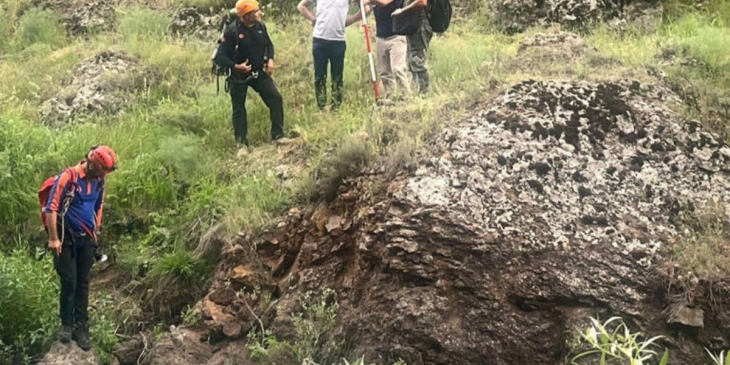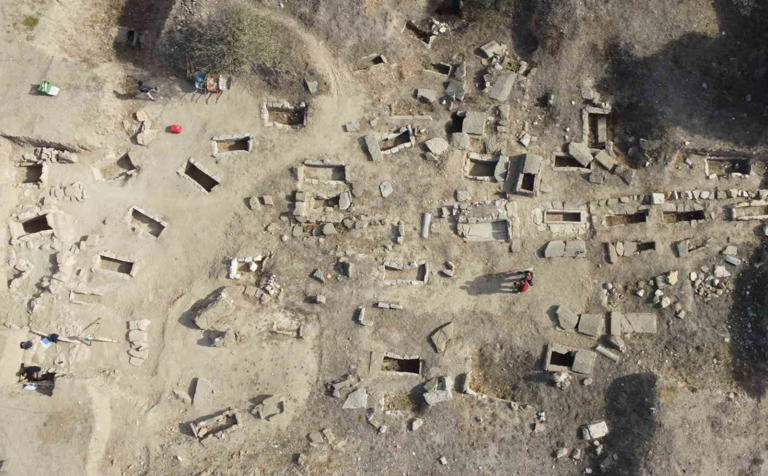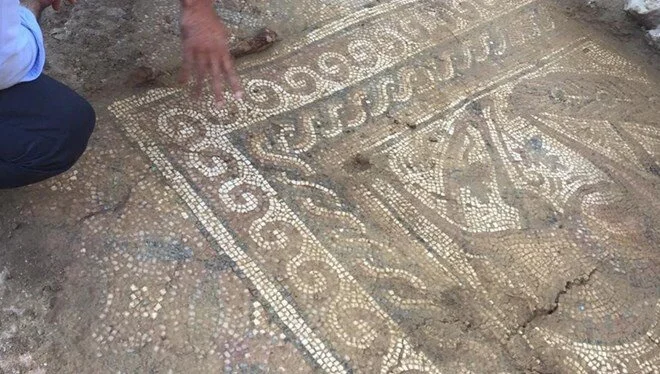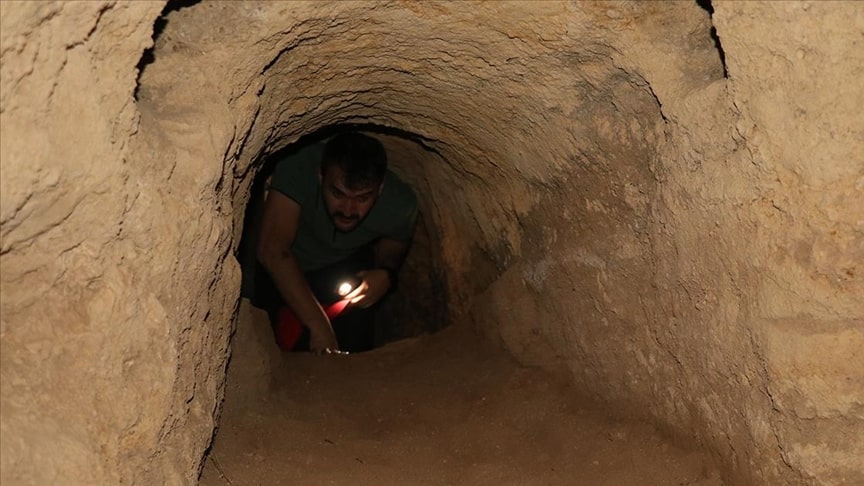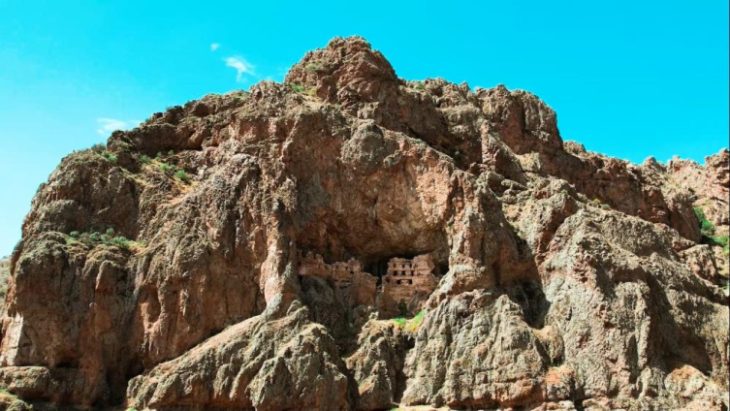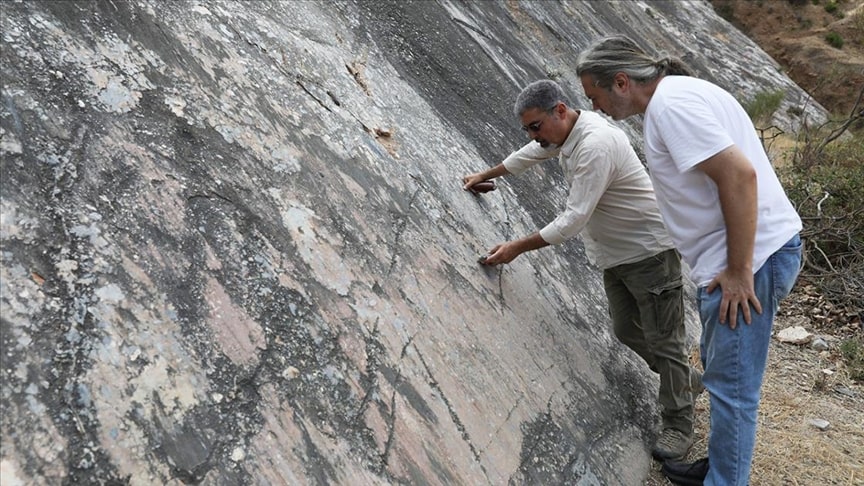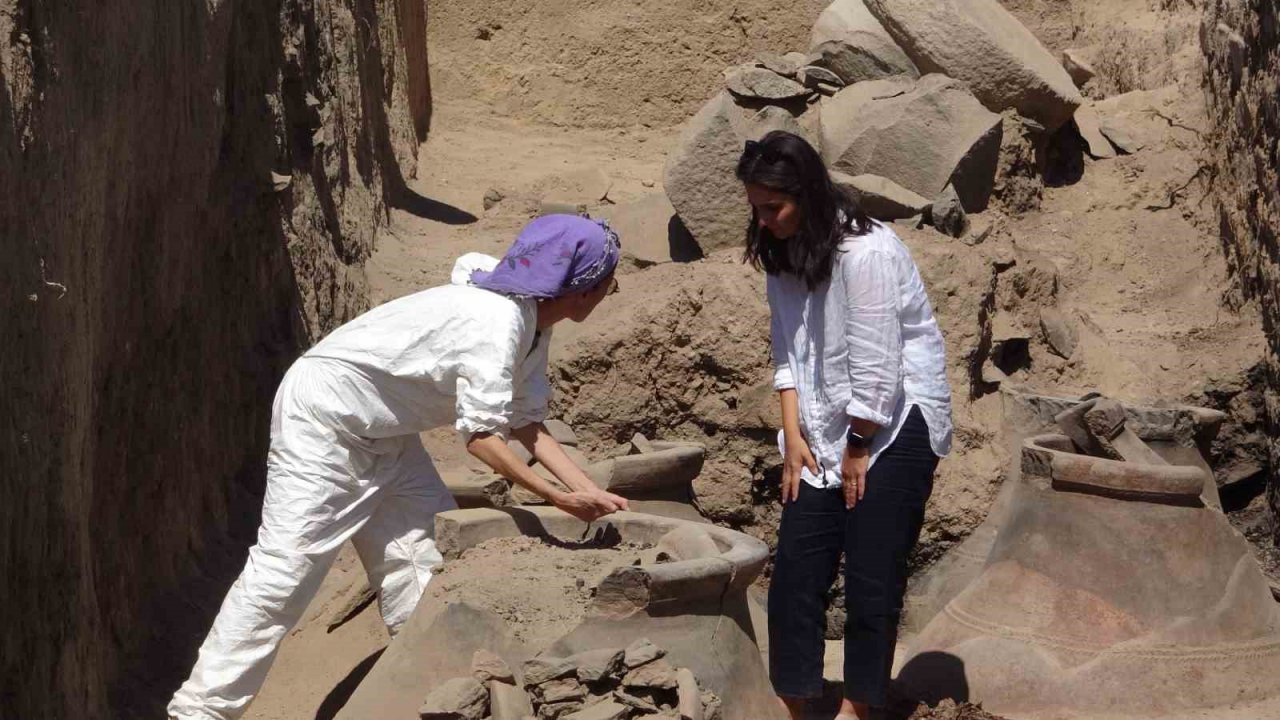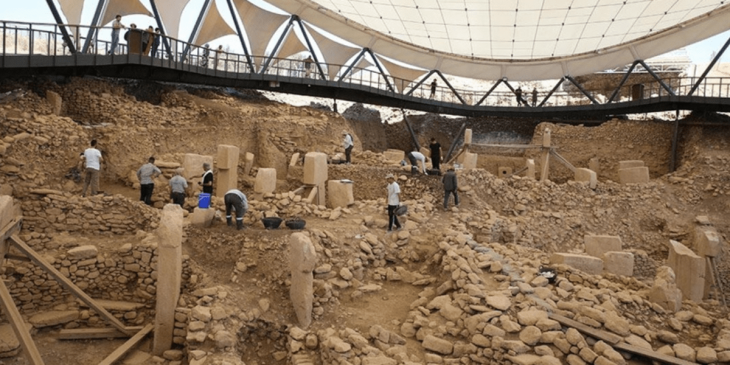In the “Çorakyerler Vertebrate Fossil Locality” in Çankırı, approximately 8.5 million-year-old 100 fossils belonging to vertebrate animals were discovered during excavation works.
The excavations at the Çorakyerler Vertebrate Fossil Locality are being conducted under the leadership of Prof. Dr. Ayla Sevim Erol, the head of the Department of Anthropology at Ankara University, Faculty of Languages, History, and Geography.
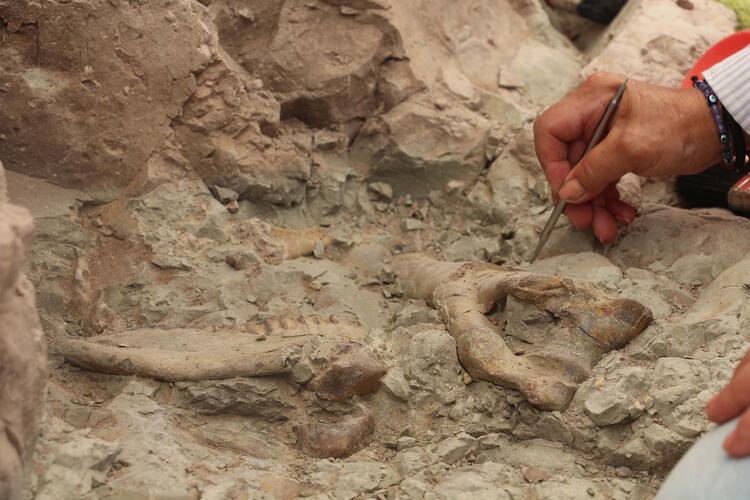
Prof. Dr. Ayla Sevim Erol stated, “In this year’s excavations, we have uncovered around 100 fossils. Among them are fossils belonging to horses, proboscideans, and giraffes. All the fossils we have extracted are extremely significant. Unfortunately, the excavation is facing budgetary constraints and the funding has been decreasing.”
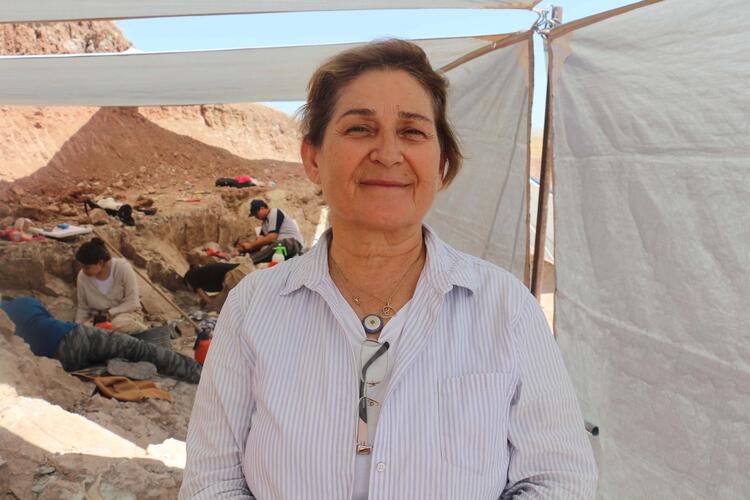
Prof. Dr. Erol, who expressed that Çorakyerler has the richest fossil diversity in Turkey, stated, “For years, we have been working to protect Çorakyerler from damages. This heritage, dating back approximately 10 million years, has been left to us by nature, and we are obligated to preserve it.”
Çorakyerler Vertebrate Fossil Locality
Çorakyerler Vertebrate Fossil Locality is located on the road to Yapraklı in Çankırı Province, Turkey, approximately 4-5 km away from the city center, within the neighborhood of Fatih Mahallesi.
This fossil site is one of Turkey’s richest fossil localities. It was first discovered during collaborative efforts between the General Directorate of Mineral Research and Exploration (MTA) and the German Lignite Research team in the 1970s. Subsequent evaluations of the fauna fossils recovered from the site indicated the presence of two distinct faunal communities from different ages, one from the Late Astarasian or Vallesian and the other from the Late Vallesian or Turolian periods.
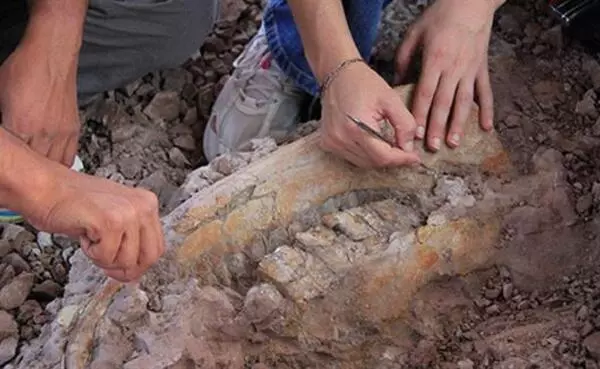
However, research by Ankara University has led to the discovery of fossils from the Turolian period, about 8 to 7.5 million years ago. The site’s fossils provide insight into the prehistoric fauna that lived in the area during this particular time period. The findings add to our understanding of the ancient environment, climate and evolution of various species in the region during the Turolian period.



